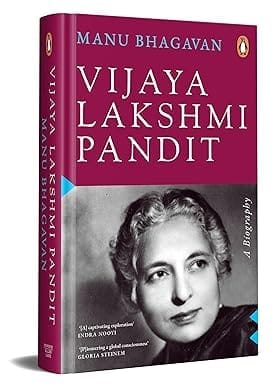Mokshagundam Visvesvaraya (1861–1962) was arguably the most famous Indian engineer of the twentieth century. And yet he was also much more. To this day, much in India bears the imprint of Visvesvaraya’s work—not only as civil engineer, but also as public administrator, constitutional analyst and development thinker. Sugarcane farmers in Maharashtra and Karnataka, picknickers in the Brindavan Gardens alongside the Krishnarajasagara dam near Mysore, and city dwellers across the country who enjoy a piped water supply are all partaking of Visvesvaraya’s legacy. So are students in Bengaluru’s Indian Institute of Science and Mumbai’s Institute of Chemical Technology, consumers who swear by Mysore Sandal Soap, and anyone who has lived through Independent India’s Five-Year Plans.
Visvesvaraya was an early proponent of economic planning and rapid, large-scale industrialization, which he believed were essential for national development. Most of all, he was an ardent technocrat: a believer in the power of science and technology to solve society’s most pressing problems. In his time, his ideas were both lauded and criticised. Technocratic visions are once more at the centre of public discourse today: as in Visvesvaraya’s day, they hold much promise, but also have important limitations.
In Engineering a Nation, Aparajith Ramnath delves into a wide range of sources to paint a balanced picture of a man who has come to be regarded as a national icon. Throughout, he explores the professional and intellectual relationships that shaped Visvesvaraya, and highlights the historical context in which he worked. To explore Visvesvaraya’s life, the book argues, is to understand the emergence of the Indian nation itself.














